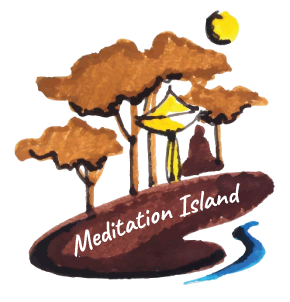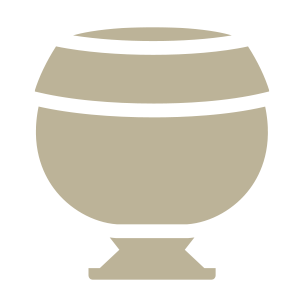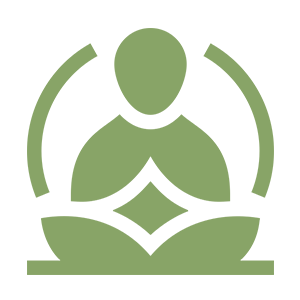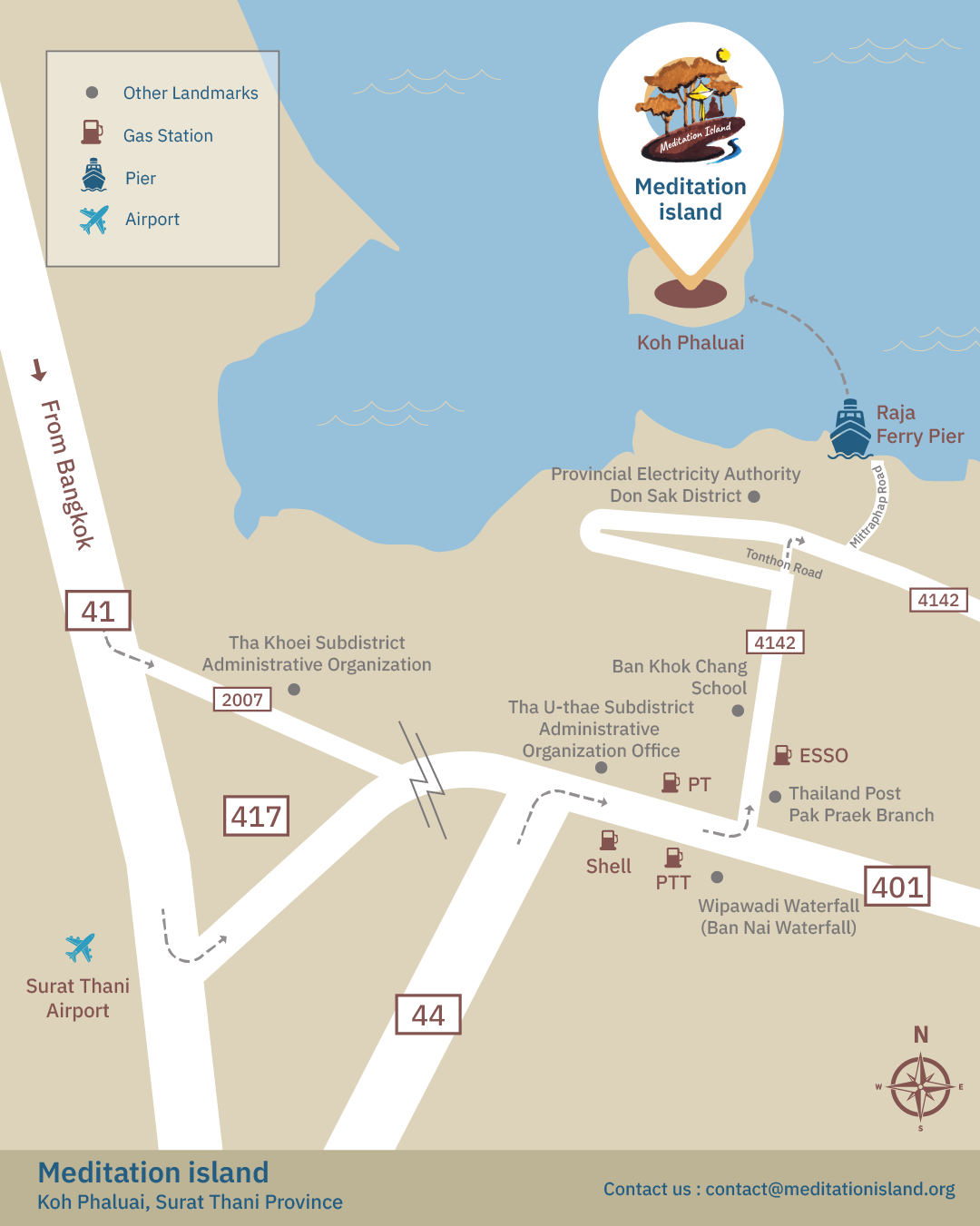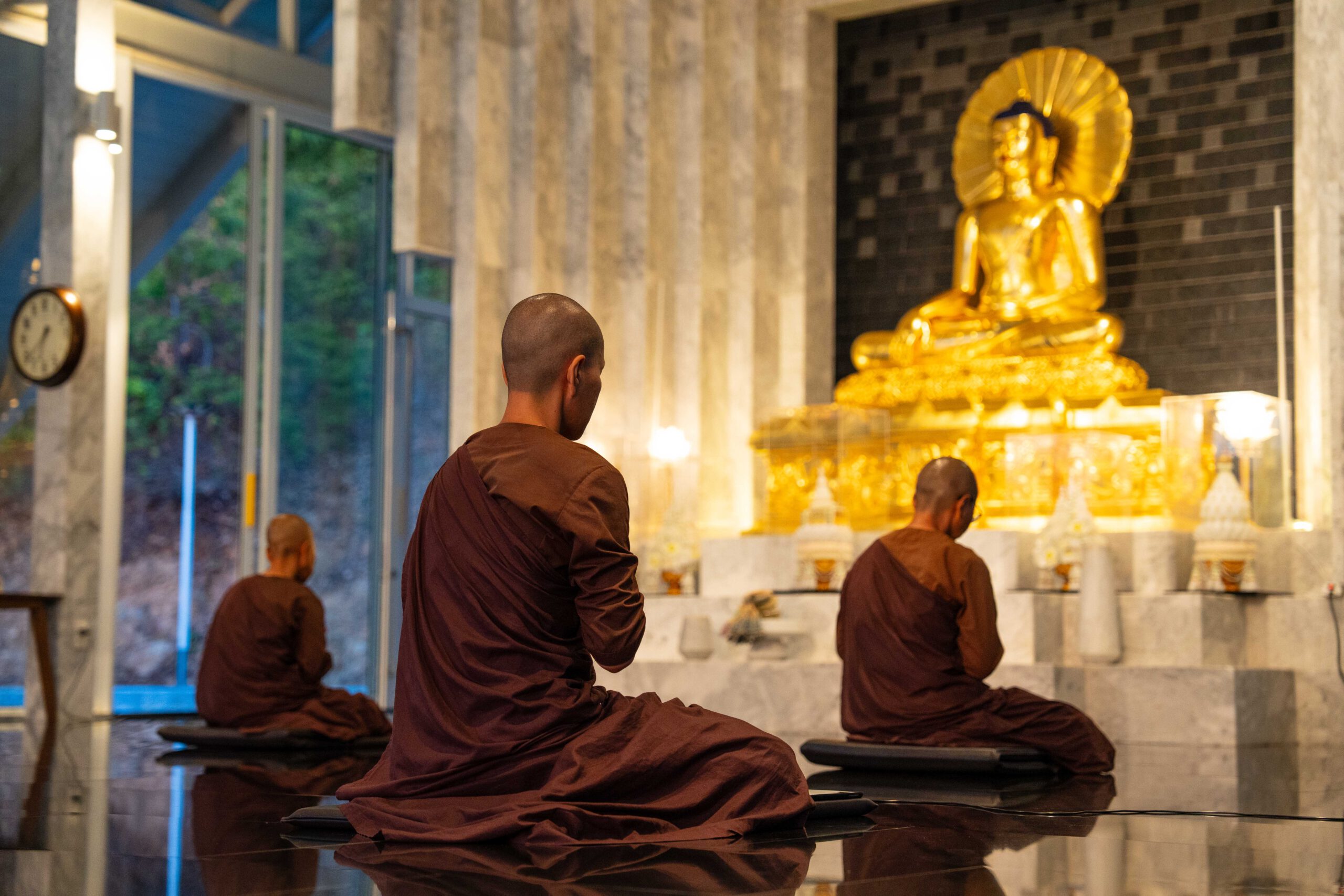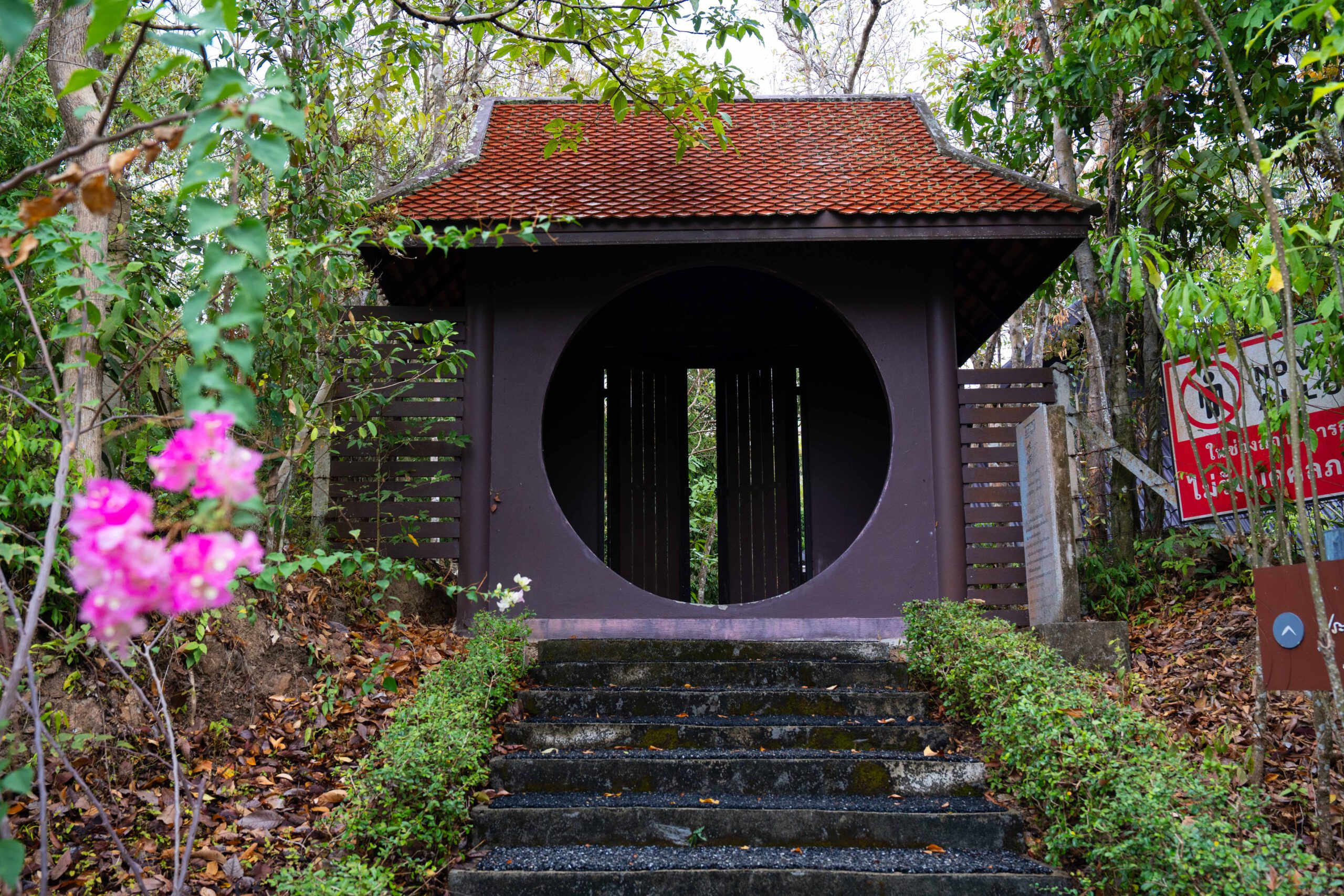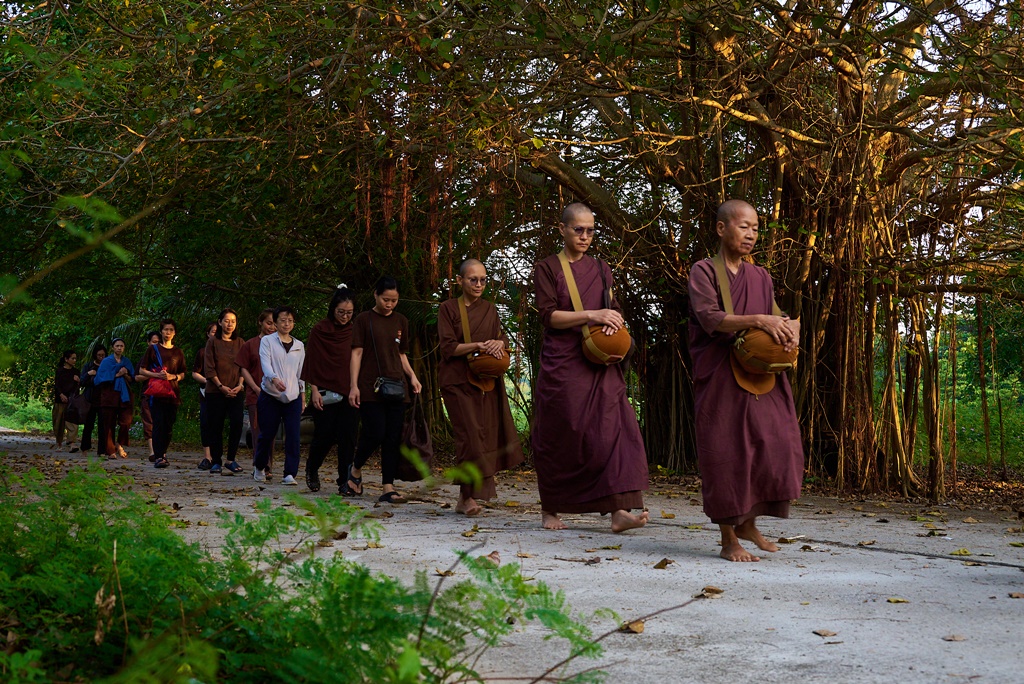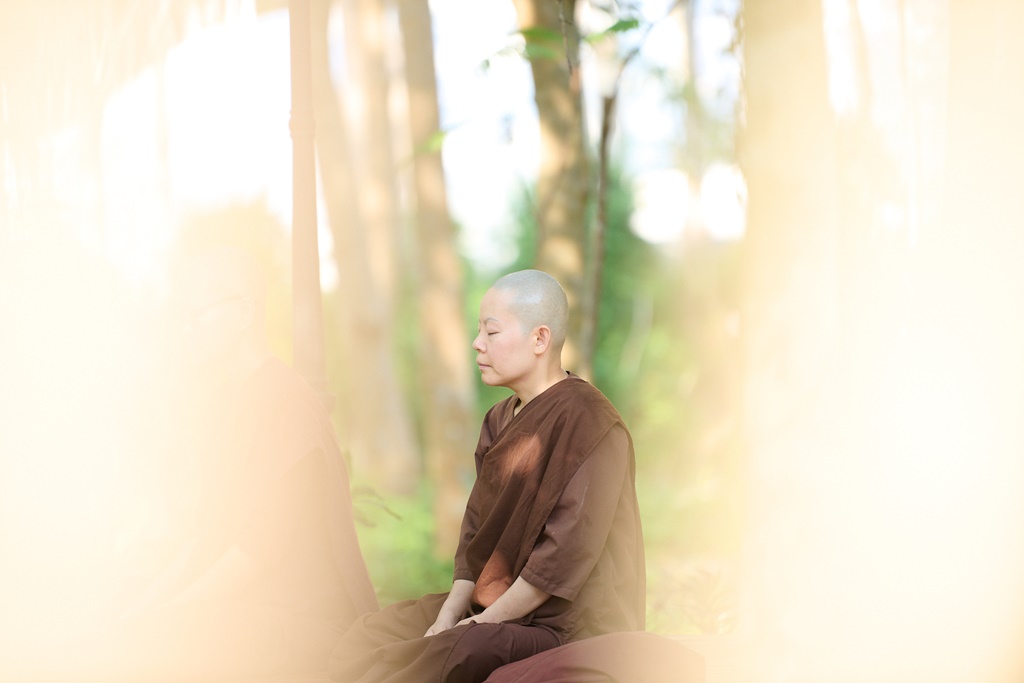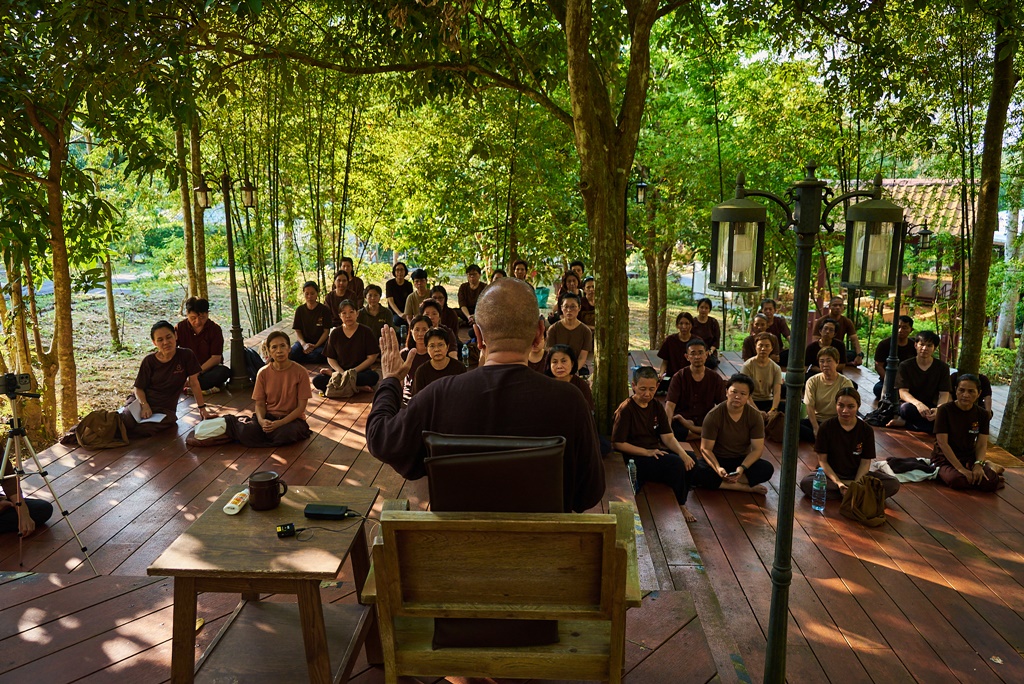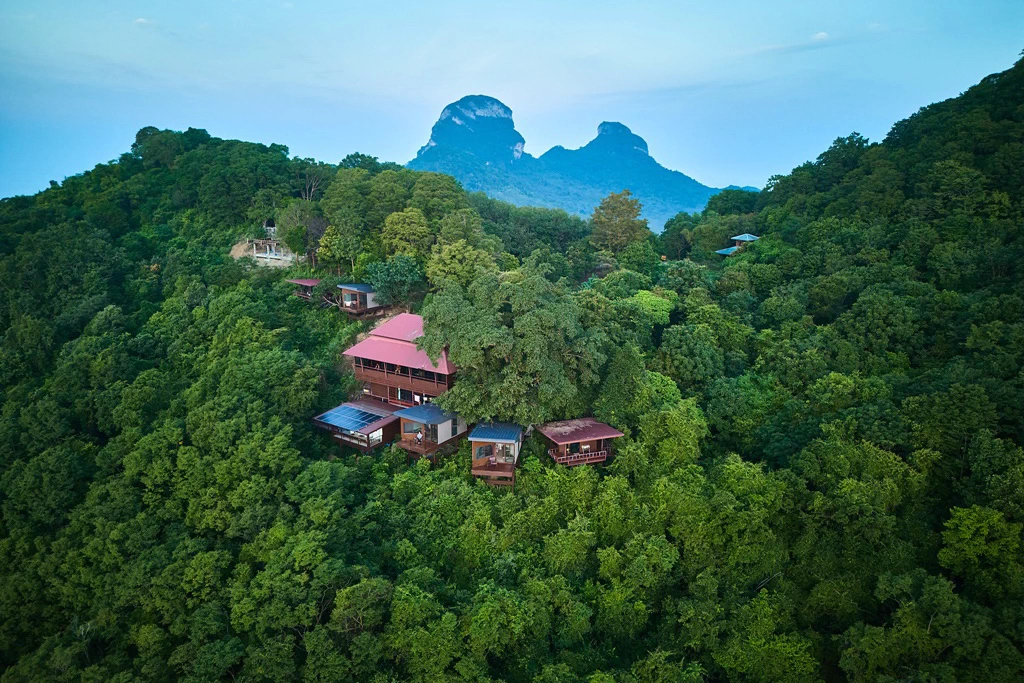We have heard the teachings on the abandoning of the fetters of the Sotapanna that the Sotapanna is the one who abandons: 1. Sakkaya ditthi. This definitely means abandoning the wrong view about the self, which is a gross thing that is present in ordinary people and is less so in good people who aspire to practice Samatha and Vipassana, until they begin to abandon wrong view momentarily, which will eventually lead to abandoning wrong view. 2. Vicikiccha: hesitation and doubt, focusing on hesitation and doubt about the Triple Gem. Some people are confused as to why it is bad if we have hesitation and doubt. Many times, hesitation prevents us from easily believing things according to what others say, such as if someone deceives us or even does not deceive us, because they think that teaching is correct, this teaching is incorrect, because in many schools, wherever we go, we hear only stories that it must be this way to be correct, we must do it this way only. Hesitation and doubt create self-control and not believe things easily. Isn’t it good? If you look at it this way, it is definitely good because that is a form of right reflection to carefully consider to see the truth for yourself. Believe me, everyone thinks that they are right. If he said he was wrong, would he still do that? But the doubt in this fetter focuses on the doubt in the Buddha, the Dharma, and the Noble Sangha. Because the Sotapanna is the one who enters into practice according to the Noble Eightfold Path, gradually purifying the defilements until seeing for himself that all sufferings are gradually becoming lighter. He does not think that he is this or that because everything is about suffering. When the suffering decreases, the mind becomes more stable and begins to see the truth according to reality until seeing for himself that the self, the self that he has misunderstood all along by creating the self, does not really exist. It is only a feeling created by ignorance. When anyone reaches this point, we can imagine for ourselves that he will definitely have no more doubts about the Dharma because practicing the Dharma has led him to freedom from suffering. And he will know for himself automatically that there could be Dharma teachings if there was no wisdom of the Buddha’s enlightenment. This principle, which is the logic of cause and effect, is natural for noble persons. And freedom from suffering truly occurs in those who practice the Dharma. Here, it will allow those who come into contact to understand clearly by themselves without having to listen to anyone else’s explanation. This is the origin of the Buddha asking Sariputta that Who do you think is a Sotapanna here? Sariputta replied, I think that those who practice the Noble Eightfold Path are the Sotapanna. Because the Four Sotapanna characteristics clearly state the 1st-3rd points are those who respect the Buddha, the Dhamma, and the Sangha firmly because they have seen it for themselves. This is the result that arises in the minds of all noble individuals, which the Lord Buddha well knows. It is not a follow-on respect. As for the Four Sotapanna points, the Fourth point is those who have unbroken precepts, tainted, and tainted. It is precepts that are not touched by view. This comes from practicing the Path points 1 and 2 until wisdom arises. They have precepts with wisdom, not thinking that keeping precepts will be good and will take them to heaven. That is still touched by view. Therefore, the Four Sotapanna points are definitely the result that arises in noble individuals at all levels. If they practice until they feel that “they are liberated,” but still hesitate in the Buddha’s teachings, thinking this is right, this is not right, is this really what the Buddha said? The Fourth Noble Path must be wrong? Because what “I” have achieved is not like this? If so, I’ll have to hire an outsider to see who is more likely to be wrong, between the disciples and the Lord Buddha. If they are really wrong, today there won’t be a single Arahant at all. Because it has already been 2,600 years. Or were the people who said that an Arahant? By having self-realization? Therefore, doubt is not just daily doubt or doubt about worldly things like science and mathematics. But it is hesitation in the Triple Gem. As for point 3, “Sīlapataraparamasa”, it is something that people follow often, believing that doing this is good, doing that will release suffering. These things will disappear from the hearts of those who see the truth. Because those who see the truth will see that no matter what they do, no matter how much, they cannot make the aggregates, which are in a state of suffering, become happy. So take care of them as much as you can because they only deteriorate. Don’t even mention maintaining them. No matter how much you adjust the environment to make them splendid, no matter how much you change your name, number, or direction, the aggregates can never escape from the state of suffering. There is only the practice of letting go of clinging to the aggregates. That is when true suffering can be released. So your own imagination must be able to say that No one would waste their time doing something useless like spitting on an ice cube and then freezing it to eat. These are the three of the ten fetters that can be abandoned by the Sotapanna. 2013-06-14



 Listen Dharma
Listen Dharma
In the middle of the sea, the nature within
flourishes and becomes one."


 Read Dharma
Read Dharma



- Dharma
- Read Dharma
If we want to get to know the world, we must not cling to the district we stand on, but rely on the grains of soil and sand beneath our feet to learn about the world. But if we cling to the grains of soil and sand beneath our feet, we will only gain geological knowledge and not know the world. What is the meaning? “If we want to get to know the world,” the worldly language or the Dhamma language in the first sentence almost have the same meaning because it can be this world or the world of aggregates. “We must not cling to the district we stand on.” This means do not cling to precepts. Here the meaning starts to become complex. For example, if we cling to the fact that we are in this district, we will not know other districts even though the word “district” does not exist. Otherwise, if we know the area we are in, we will know everywhere because they are the same. The same goes for practice. If we look at the legs as legs, we will not understand the form. If the observer is us, we will not understand the true abstract. “But rely on the grains of soil and sand beneath our feet to learn about the world.” But learning all of this world relies only on small grains of soil and sand that show the three characteristics, as a tool to return to the form and name. When you understand the form and name of the grain of soil and sand, you will be able to understand the whole world as well, because they come from the same origin and are under the same law. “But if you cling to the grain of soil and sand under your feet, you will only gain geological knowledge and not know the world.” But if you study with the clinging to “soil” by being “soil,” you will not reach the true “soil”, because the true “soil” has never actually been “soil,” but is merely a cause and condition that creates change into what we call the temporary state of “soil.” But it itself is not “soil” and has never been “soil,” it is still “soil.” But if you just cling to being soil, and I know about soil, I am a person who is knowledgeable about soil, you will still be only a person who knows, a person with right view. You will only be a person who has knowledge of soil and sand, not knowing the true “world”. You will still not be able to enter the end of suffering until you let go of your mindfulness and wisdom, because right view is the ultimate, giving rise to right knowledge and right liberation. That is when there is true peace. If you are a warrior You might say, “The earth, the sand, the world, there’s only Dhamma,” or “Why should I care? Things are suffering. The more you get involved, the more suffering you bring.” This is a sword swing back, and the speaker will immediately know that the person they are talking to is not ordinary, but is starting to return to normal. … The first two answers focus too much on practice, and don’t see the big picture. If it truly comes from the mind, the state of consciousness ceases, consciousness, wisdom, name-and-form cease. But the final answer, gets very close to the truth of nature, called Nirvana, because it lets go of even the self, has no owner of any state at all, and dissolves back into nature, reaching emptiness. The rest, go and make it happen according to what you understand. All warriors, go and practice throwing swords. 2013-09-25
- Dharma
- Read Dharma
Introducing the “Joy Maker” “Maybe happiness is not something we need to search for, but it is something right in front of us, but we can’t see it yet.” Today, we still “don’t have” happiness because we still “don’t understand” happiness. In the brain of every human being, there are 4 types of neurotransmitters that, when released, will make us feel “happy”:
Dopamine
Serotonin
Oxytocin
Endorphins
These four happiness substances always work together. The function of each substance can be briefly explained as follows…
Dopamine (the success substance)
Will be released in large amounts when we receive what we want and when the desire is satisfied, such as wanting to eat cheesecake and get to eat it, wanting to kiss someone on the cheek and get to kiss them, wanting to compete and get first place and succeed, etc. —
Serotonin (the calming substance)
Will be released in large amounts when we feel calm, comfortable, and relaxed, such as when we are meditating, when we are lying down listening to our favorite songs. When we are lying on a comfortable sofa, etc. —
Oxytocin (relationship hormone)
Will be released when we are in love, when we hear our lover’s voice, are near our lover, or touch our lover. And will be released in large amounts in mothers who have just given birth. Oxytocin is released in both young love, family love, and friendship love that is very connected. Oxytocin makes us feel comfortable, safe, and warm. —
Endorphins (feel-good hormones)
Will be released every time we feel happy. Therefore, endorphins are released together with dopamine, serotonin, and oxytocin. In addition, endorphins are released in large amounts when we exercise, laugh, or smile. And it acts as a natural pain-killer/morphine from nature. Therefore, when we are happy, we feel less pain, both physically and mentally. Wounds, fatigue, and bad memories … these things seem to be able to harm us at all while we are happy. :::::::::::::::::: Memorizing the similarities or differences of these happiness chemicals is not important. But what is important is to be aware of these four chemicals. It does not exist in any object. But it is abundantly present in our own brain… The thousand-baht note does not contain dopamine, the world’s softest chair is not coated with serotonin, the voice of our loved one does not contain oxytocin, and no food in the world contains endorphine… Our brain synthesizes all happiness… Everything outside of us only serves to “stimulate” the happiness substance in us to secrete. But all things in themselves do not have any happiness substance imprinted on them. A thousand-baht note is just an annoying piece of paper. For a billionaire who does not value money, the world’s softest chair is suffering. For a person with giant hemorrhoids, the voice of a lover is extreme sadness, if the owner of the voice has already left this world. And the most delicious food in the world is a terrifying poison. If the eater is allergic to it ::::::::::::::::: All things? Happiness All things + embellishment = happiness Things are meaningless and unhappy by themselves. But our mind synthesizes happiness from… values, interpretations, experiences, feelings (feelings), memories (sentences) and embellishments (formations). From young to old, we let our subconscious automatically synthesize happiness from things. And the results are often not what we want. The fact that humans try to seek happiness from things that do not create happiness in themselves is what causes countless people who, despite being famous, rich, beautiful, and talented, may suffer more than beggars sleeping under a footbridge covered in torn towels. If fame gave happiness… there would be no frowning celebrities. If wealth gave happiness… there would be no crying millionaires. If beauty gave happiness… no good-looking people would commit suicide. If a soulmate gave happiness… no one would suffer after getting married. :::::::::::::::::: Humans entrust other things to synthesize happiness. From… things, money, fame, compliments, weather, traffic, position, job, lottery, boyfriend, mother, father, child, boss, subordinate, political party, politician, movie, drama, Facebook, Facebook game, etc. But when we feel that these things can’t synthesize happiness as our heart desires (anymore), we start to feel irritated, bored, stressed, angry, depressed, and many times we will blame the world, blame society, blame others, blame ourselves, blame fate or blame karma for making us suffer. According to the law of three characteristics, which is the iron law of the universe… nothing is permanent (anicca)… nothing is durable (suffering)… and nothing is real (anatta). Therefore, when we put our hopes in something impermanent, unreal and impermanent to synthesize happiness for us, it is natural for us to be disappointed and feel sad. We act like a billionaire who vows that he will not be happy until he wins the lottery, which means that we already have immense happiness because we are the only source of happiness in the universe. But we set the conditions for happiness ourselves. By placing it in things (and people) that are uncertain… :::::::::::::::::: What does all this mean? Does it mean that we should stop chasing dreams and seeking everything, and just sit still to synthesize happiness by ourselves until we wither and die? No. But it means that no matter where we are, who we are, or what we are doing, in reality there is always “happiness” hidden within all of us. It’s just a matter of whether we “know how” to synthesize it ourselves. The first way to synthesize happiness is to start…
Surat Thani
How to Get to Ko Phaluai
Option 1: Public Ferry (Raja Ferry Service) :
Board the ferry at Raja Ferry Pier, with a travel time of approximately 1.5–2 hours.
Departure : from Donsak Pier: 13:00
Return : from Koh Phaluai: 07:30
Ticket Price : 350 Baht per person
Bringing a Vehicle: Allowed – 1,000 Baht per car
(includes 1 driver)
Option 2: Cargo Boat (Mail Boat) :
Depends on scheduled sailings.
Please contact the center or call 081-924-0019 for details.
- Donsak Hospital: 6 KM. from the ferry pier
- Donsak Bus Station: 6 KM. from the ferry pier
- Donsak District Center: 18 KM. | Koh Samui: 20 KM.
- Surat Thani Airport: 93 KM.
Nakhon Si Thammarat
How to Get to Suan Yindee Talay
Option 1: From Nakhon Si Thammarat :
Distance: 82 km from Nakhon Si Thammarat City
Take Highway 401 from the city
Drive approximately 73 km, then turn right onto Highway 4232
Continue for another 9 km
You will arrive at Suan Yindee @ Sichon
Option 2: From Bangkok / Surat Thani
:
Distance: 79 km from Surat Thani City
Take Highway 401 from Surat Thani City
Drive approximately 70 km, then turn left onto Highway 4232
Continue for another 9 km
You will arrive at Suan Yindee @ Sichon
- Sichon Hospital: 11 KM.
- Khanom–Nakhon Si Thammarat Van Station: 33 KM.
- Nakhon Si Thammarat Airport: 68 KM.
- Surat Thani Airport: 106 KM.
